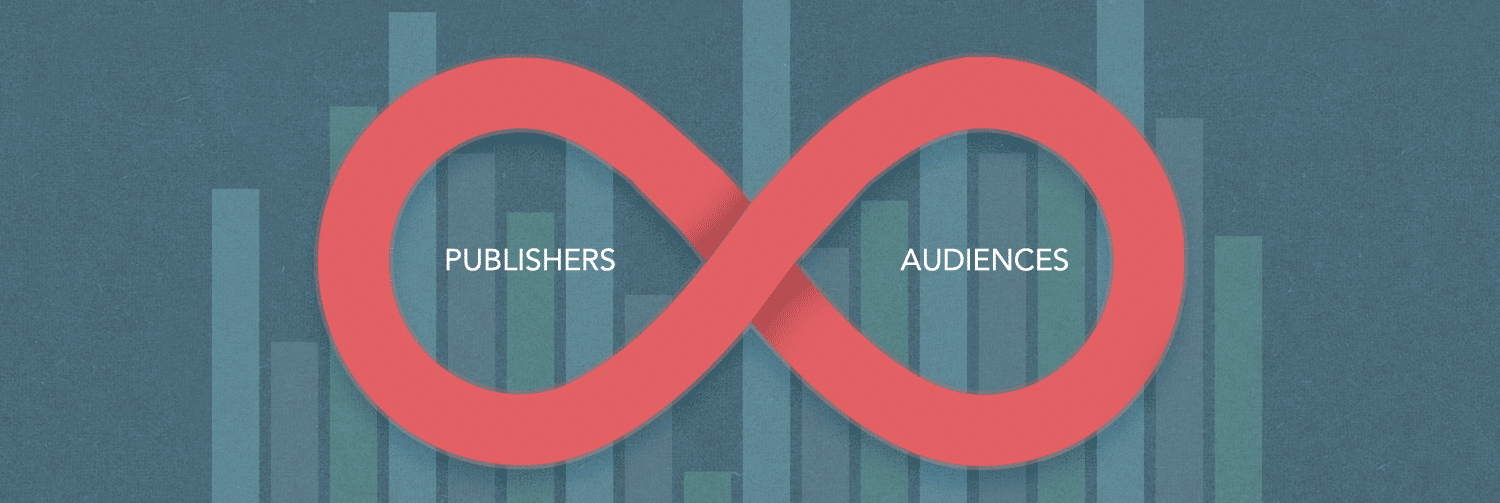
As the Senior Director of Analytics, Insights, and Optimization at Cox Media Group, I am directly privy to the correlation between content creation and analytics, specifically in news content and media. In today’s hypercompetitive environment where everyone is clamoring for the end users’ attention, it isn’t enough to just create content. Publishers and authors must be very deliberate in how they approach content creation and curation. What content should be created? Of the content available, which should be selected? How should it be distributed? Where should it be distributed? These are all questions that should have an answer rooted in analytics.
Why? For starters, the amount of content that is generated every minute is staggering. On the WordPress platform alone, roughly 1.75 million blog posts are generated every day. In such a content rich world, it’s difficult to know what to work on. For sites with an established history online, publishers already have a trove of data supplied by their web analytics tools to parse out which items received more attention than others. This is the starting point. In this article, I’ll offer three key observations based on my experience of how to use analytics to aid in the content creation and selection process, and then I’ll share four questions content creators must be able to answer.
1. Audiences Consume Content Only When They Are Engaged
For analytics to play into content creation in places such as today’s newsrooms – TV, radio, newspapers, pure plays – knowing what works is critical to making the most of the resources available. If the audience doesn’t gravitate towards the content, you can’t force them to consume it. That is the old model. The new model means that the audience has almost infinite choices and that they will only consume content if they are engaged. However, not all content draws equally. The performance of certain topics draws people in more than others. This doesn’t mean that everyone should write articles about Taylor Swift, Donald Trump, or “Star Wars,” but the data does reveal the demand for them.
Some argue that this is causing a homogenization of the content that one finds on the Internet. In some places, this is true. As a business, content creation is often about aggregating audiences that are monetized through advertising. In this scenario, scale matters. Certain kinds of content simply draw better numbers than others and people vote with their attention. For every article or video, publishers know how far someone scrolled or how many seconds were viewed. In this sense, digital consumption is very meritocratic.
2. Content Engagement Begins with Social Media
Nowhere is this fact more apparent than on Facebook. For many publishers, Facebook is now the single largest source of traffic to their websites. Winning on Facebook means getting your content in front of as many followers as possible. Facebook, however, doesn’t make this easy. Not every follower gets to see the content that you post. Instead, only a relatively small percentage of people do. The prevailing theory (Facebook’s newsfeed algorithm is as much of an unknown as the Google search engine) is that if the first few folks engage with the content, then it gets pushed to a few more people. As the engagement grows, so does the number of people who get to see it. In this way, Facebook is using analytics to determine how engaging your content is and whether or not they should highlight it in the vast stream of content that hits readers through their newsfeed. Facebook’s goal is to keep you, the reader, engaged inside their walled garden. If the content doesn’t engage, it isn’t of much use to the reader and consequently, not much use to Facebook.
3. Data Pushes for Better Content
This means that it’s a cutthroat world. Publishers that aggregate content can use the performance data not only to select the best performing pieces, but they can also bring pressure to bear on content creators themselves. Snapchat recently replaced two of its premier contributing companies due to poor performance. In Colleen Jones’s book, “Does Your Content Work?” I explained the concept of avoiding data overload.
“The technology behind big data is arguably the easy part. Once you have the implementation in place, the real work begins. Going through the data mining process and asking the right questions is the hardest part. With seemingly unlimited data and finite time, narrowing the scope to yield meaningful answers is critical.”
For the content itself, analytics aren’t just a beginning, but they are the middle and the end as well. Not only is it important to know which topics cause the audience to engage and which ones cause them to drift away, but they are also essential to knowing through which paths the consumers found the content. To read more about content analytics, you can read the Content Science Review fact sheet about it, here. Here are four questions every content creator must answer about their users.
- Did they come through social media, email, or another website?
Sifting through the data can provide insight into how people are reaching your content. This could mean audience insights to better tailor the message or ideas for better distribution opportunities.
- Are they new or repeat visitors?
Knowing whether you are churning your audience or growing it can provide clues into whether the content is staying on message, evolving, or going stale.
- How long did the linger?
Short engagement speaks for itself.
- How much did they read?
If people are reading 100% of what’s been created, you may not be giving them enough. Conversely, a long form piece that requires multiple scrolls may not be drawing people into the story. Tests can then be done around serializing the content or simply making it shorter. The analytics will tell their own story.
Over time, analytics create a feedback loop that allows writers and publishers to hone what resonates with their readers. It gives them insights into not only the content, but the style, language, voice, and even the frequency of creation that their audience desires.
Events, Resources, + More
The Ultimate Guide to End-to-End Content
Discover why + how an end-to-end approach is critical in the age of AI with this comprehensive white paper.
The Content Advantage Book
The much-anticipated third edition of the highly rated book by Colleen Jones is available at book retailers worldwide. Learn more!
20 Signs of a Content Problem in a High-Stakes Initiative
Use this white paper to diagnose the problem so you can achieve the right solution faster.
Upskill with Content Science Academy
Training for modern content roles through on-demand certifications + courses or live workshops.






Comments
We invite you to share your perspective in a constructive way. To comment, please sign in or register. Our moderating team will review all comments and may edit them for clarity. Our team also may delete comments that are off-topic or disrespectful. All postings become the property of
Content Science Review.